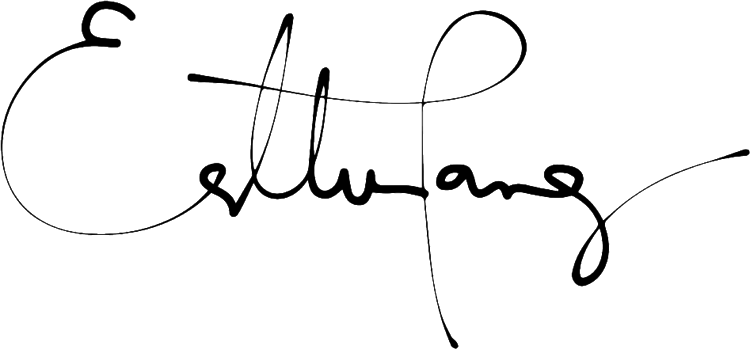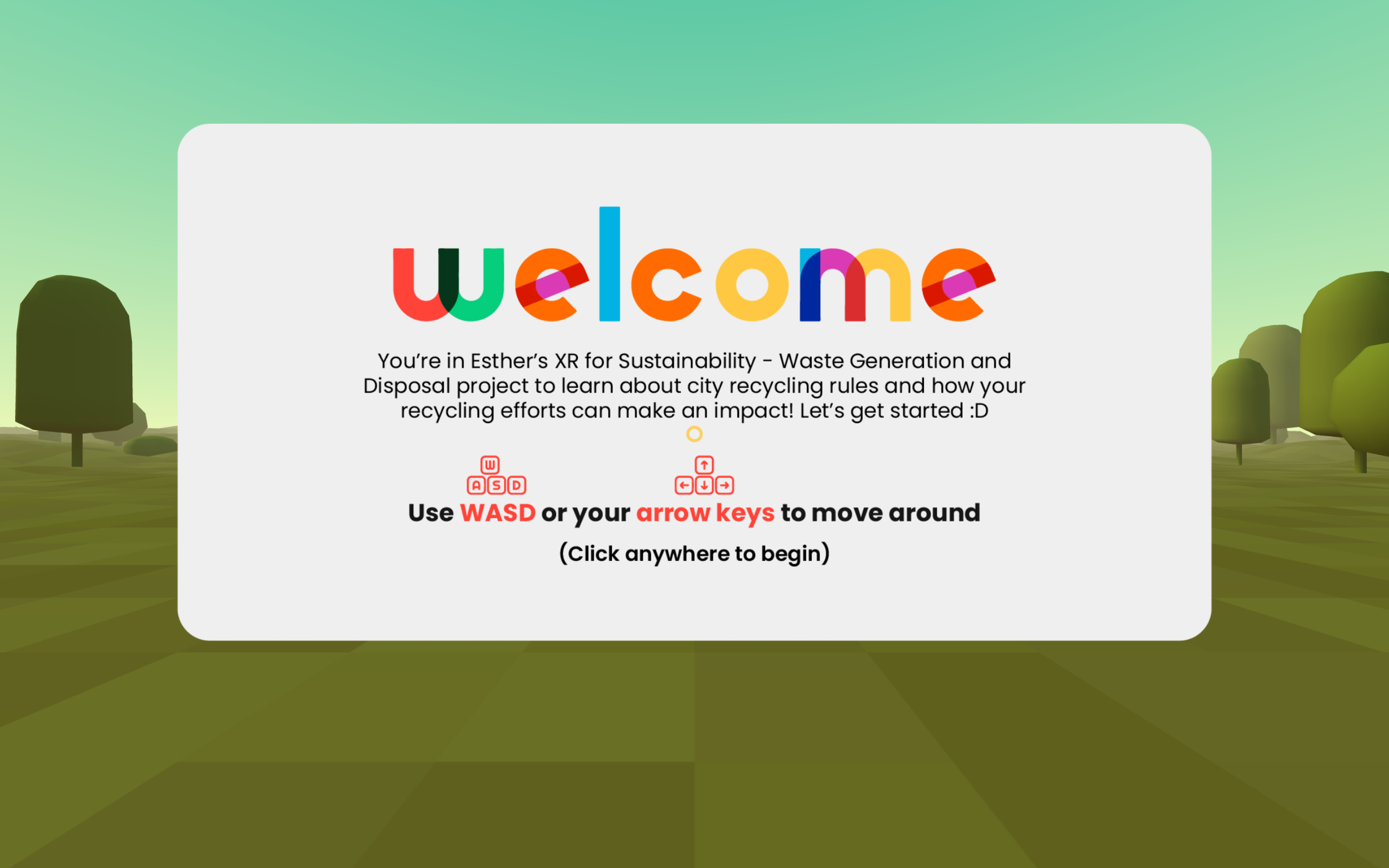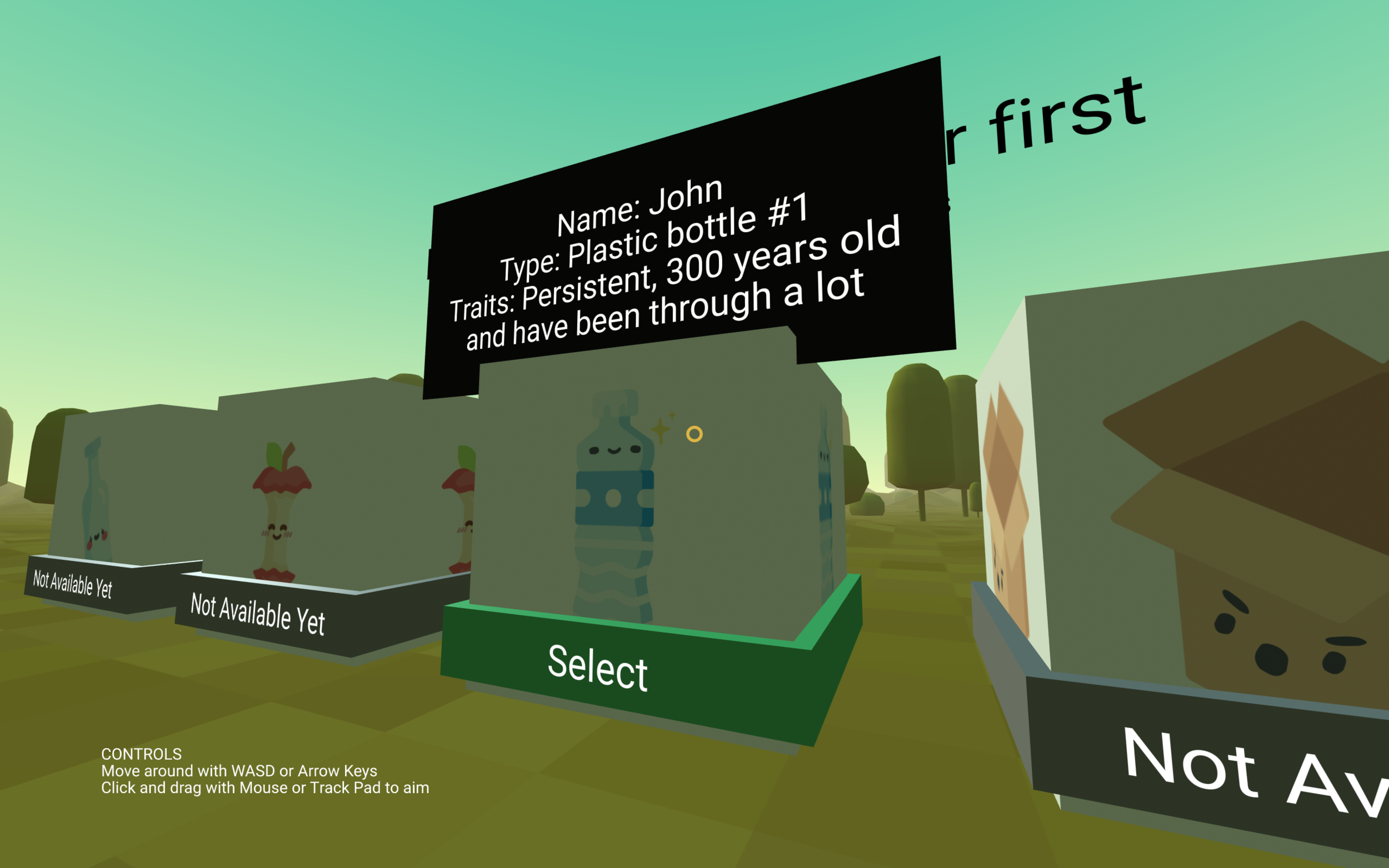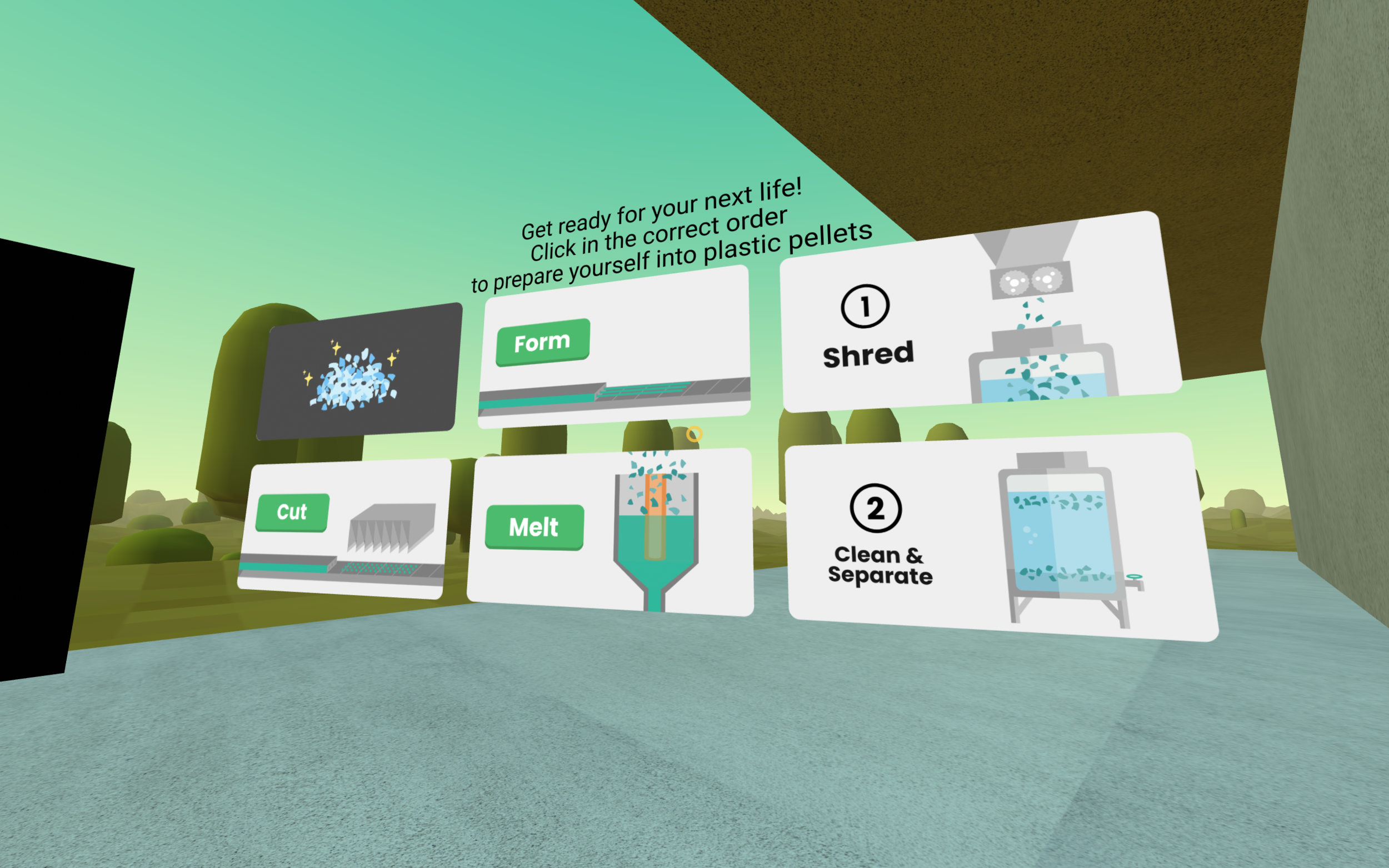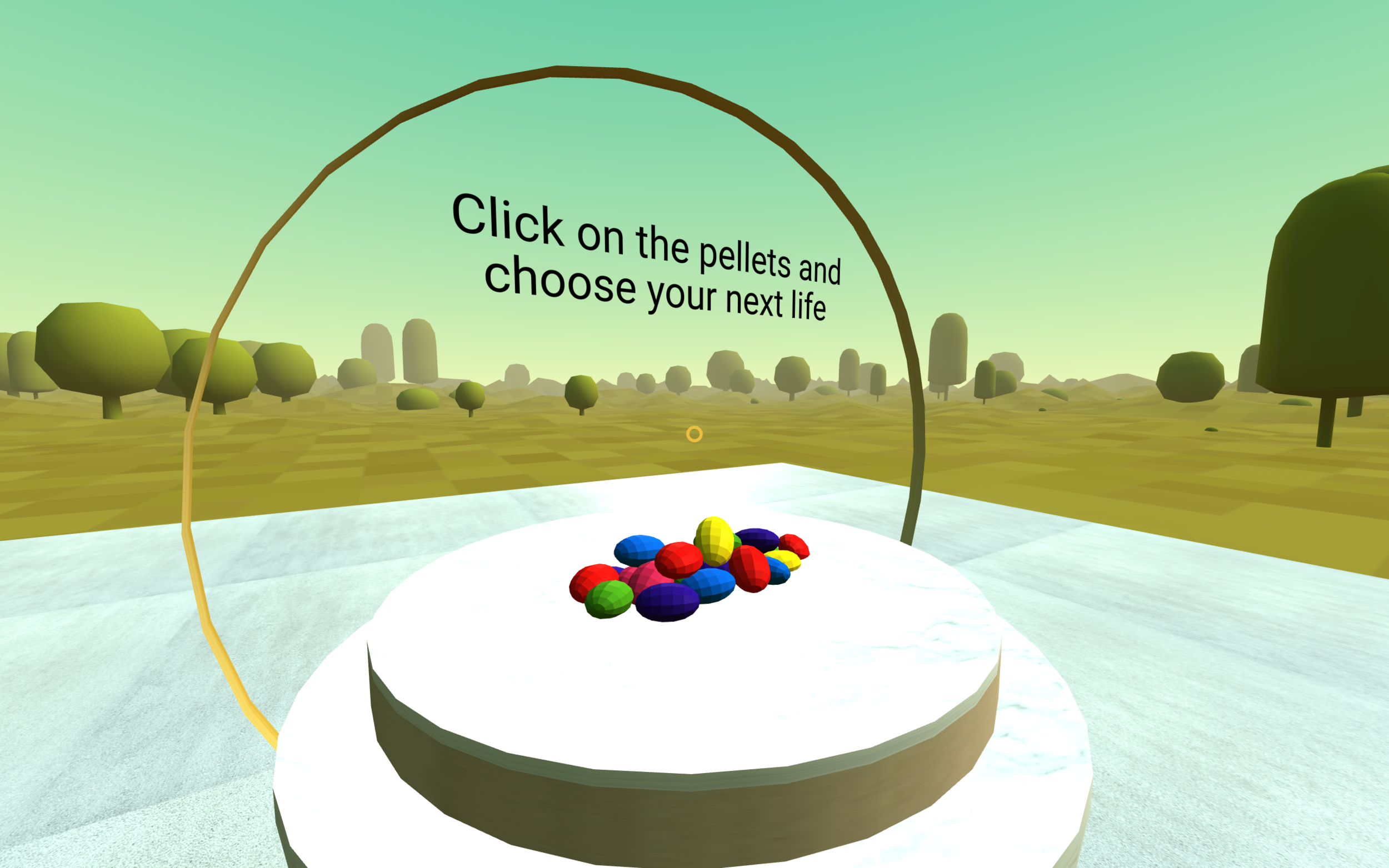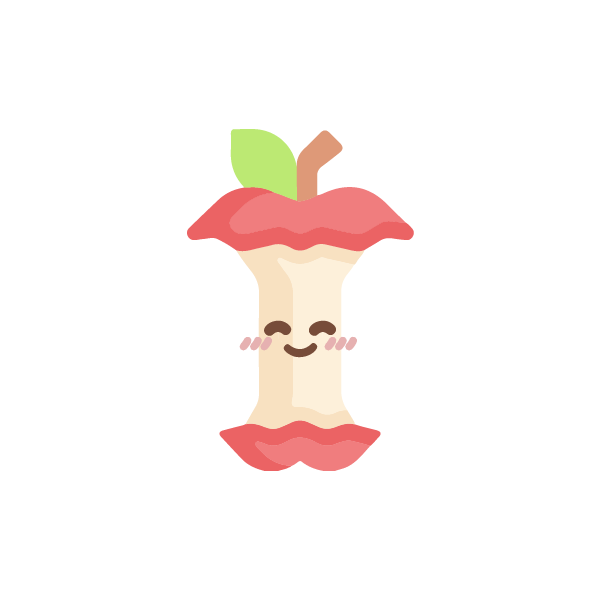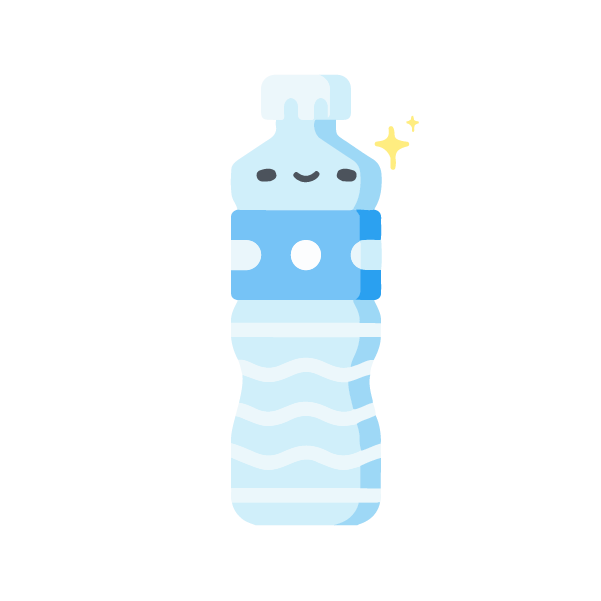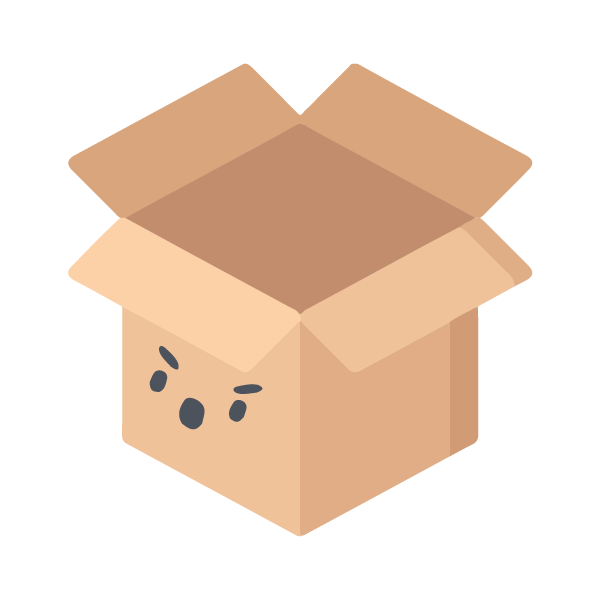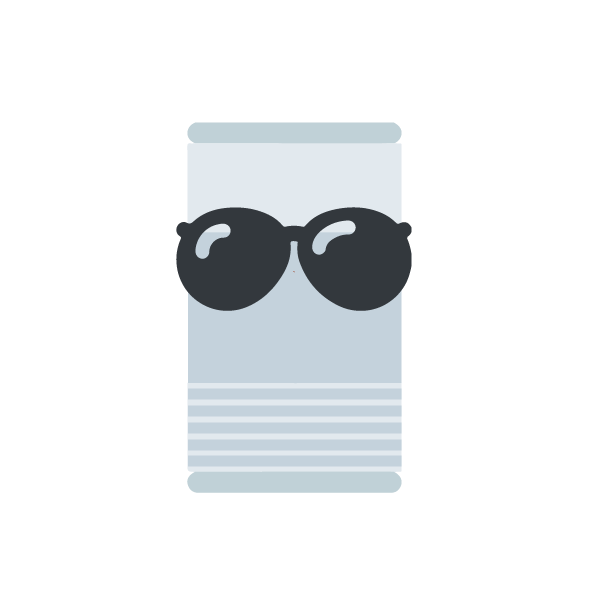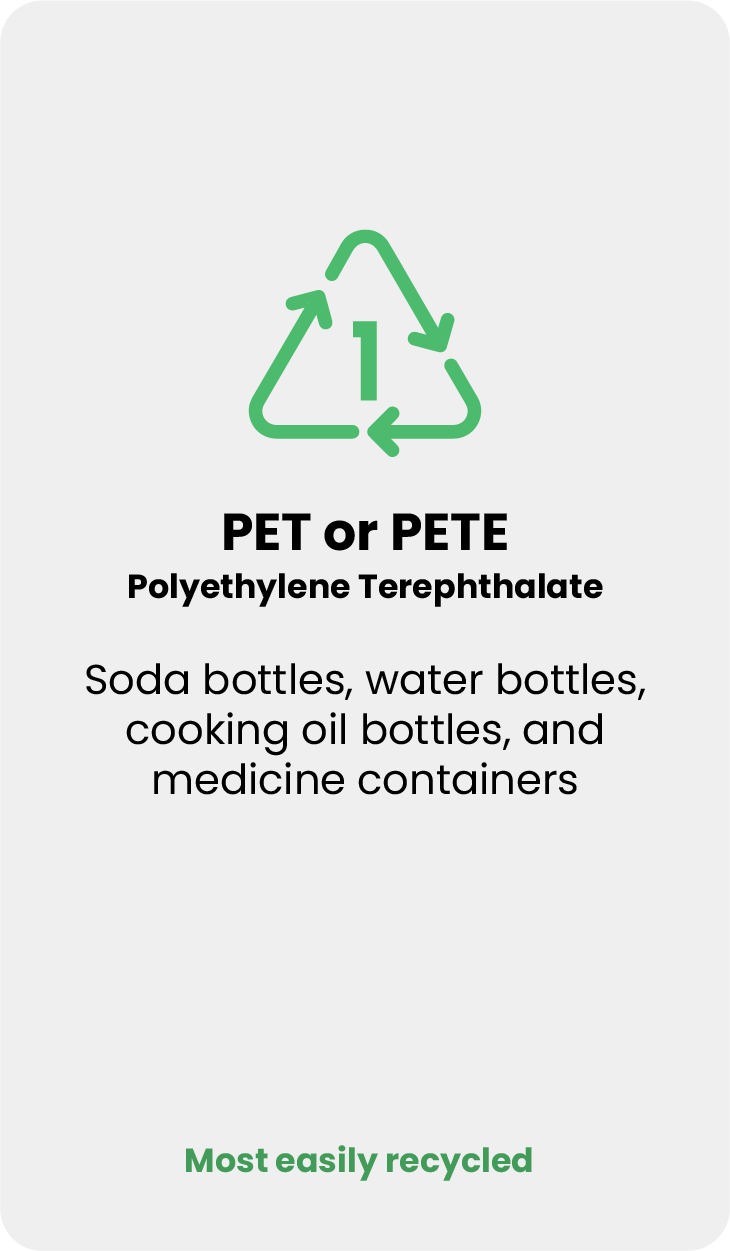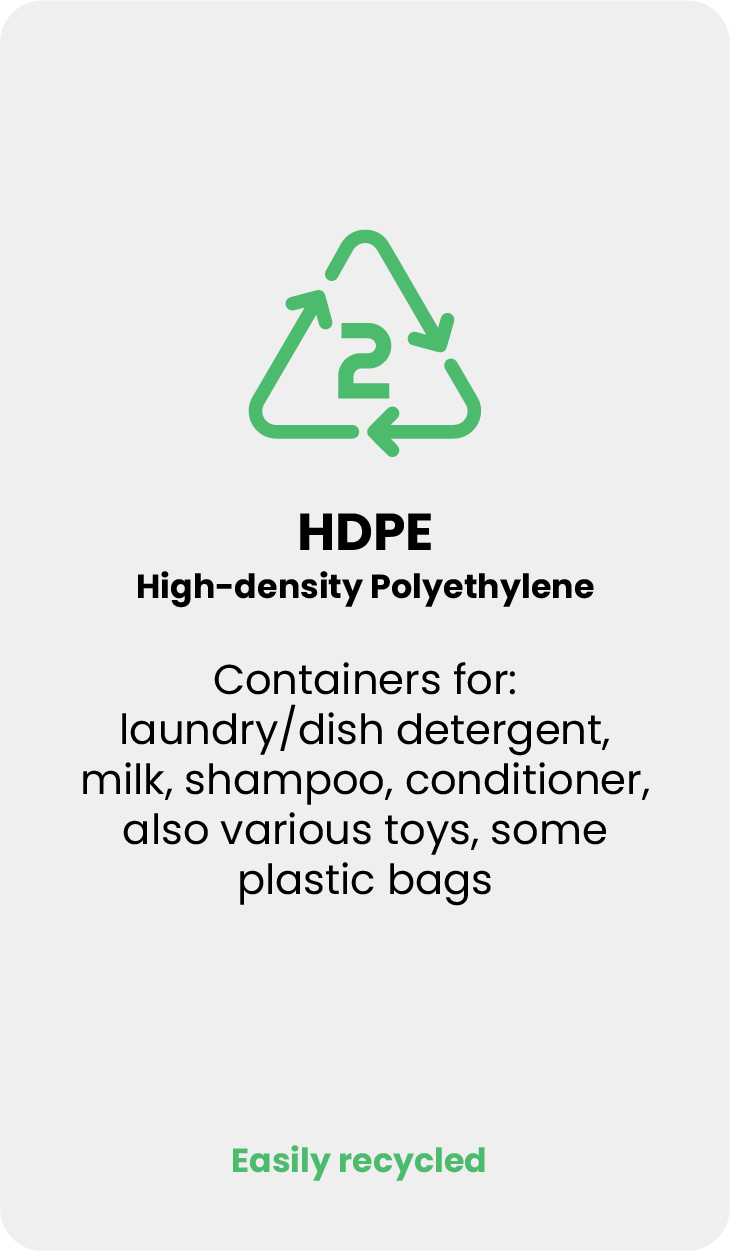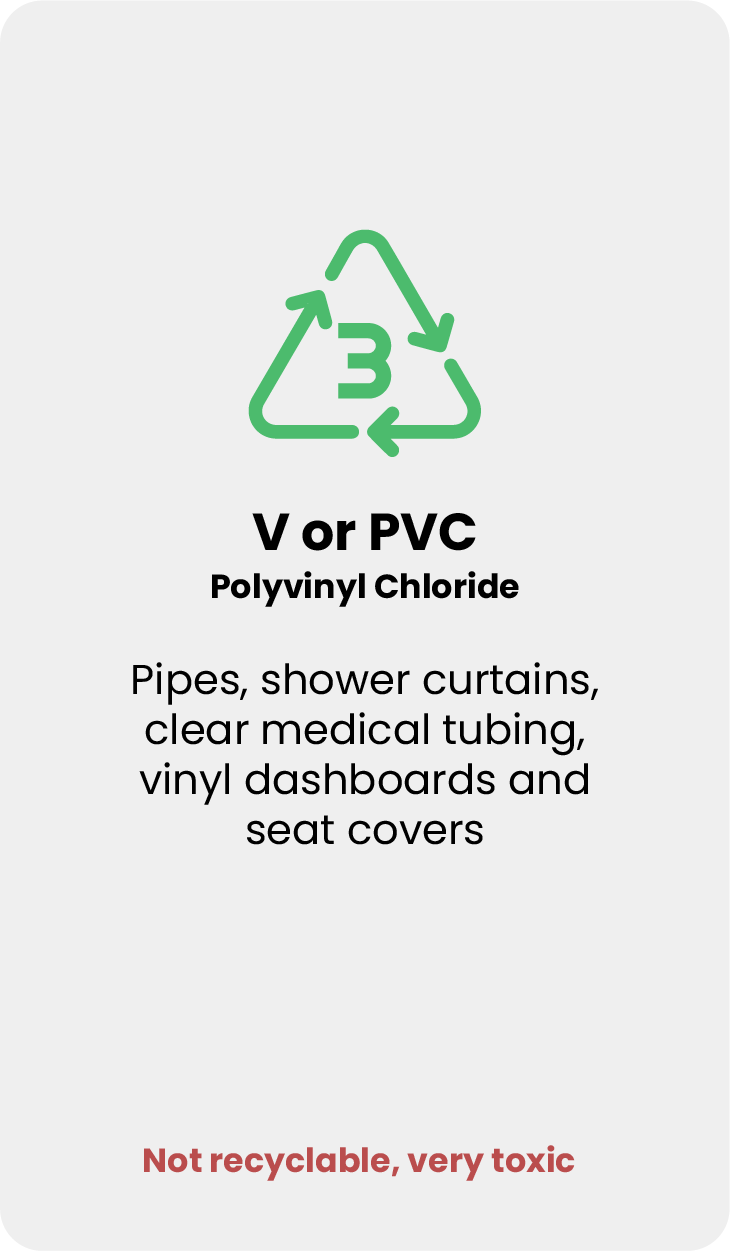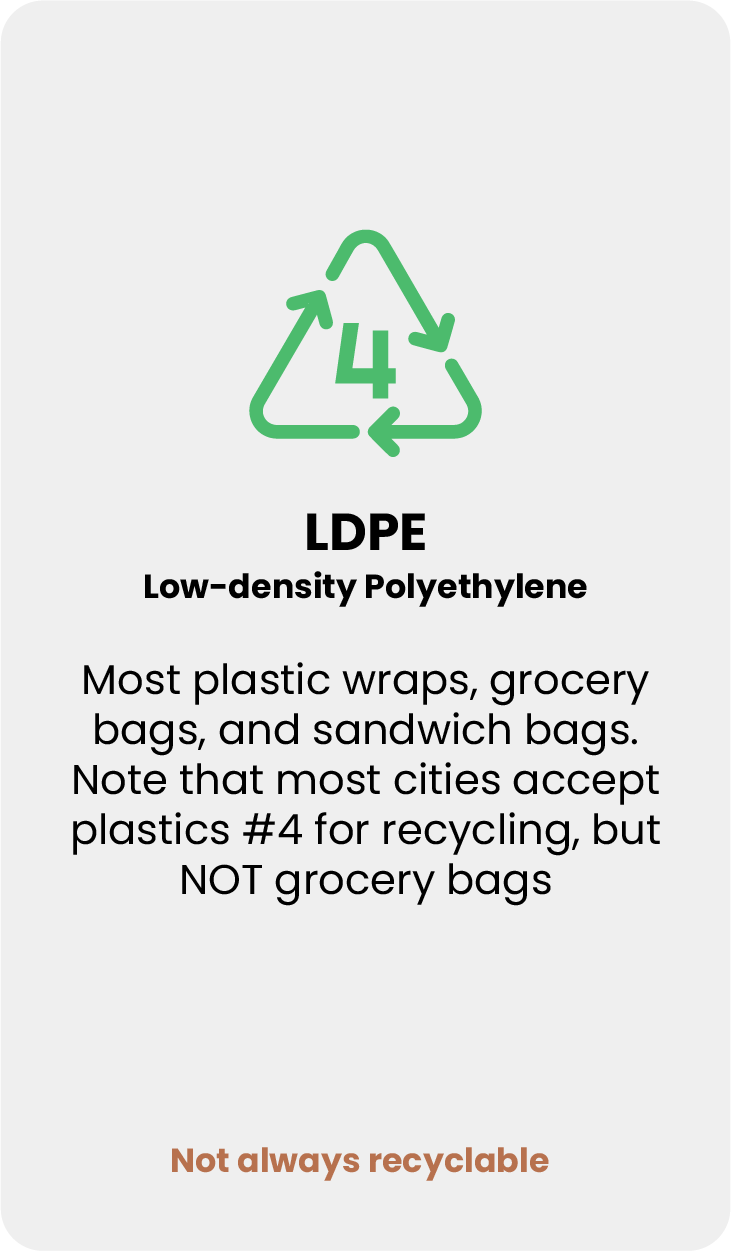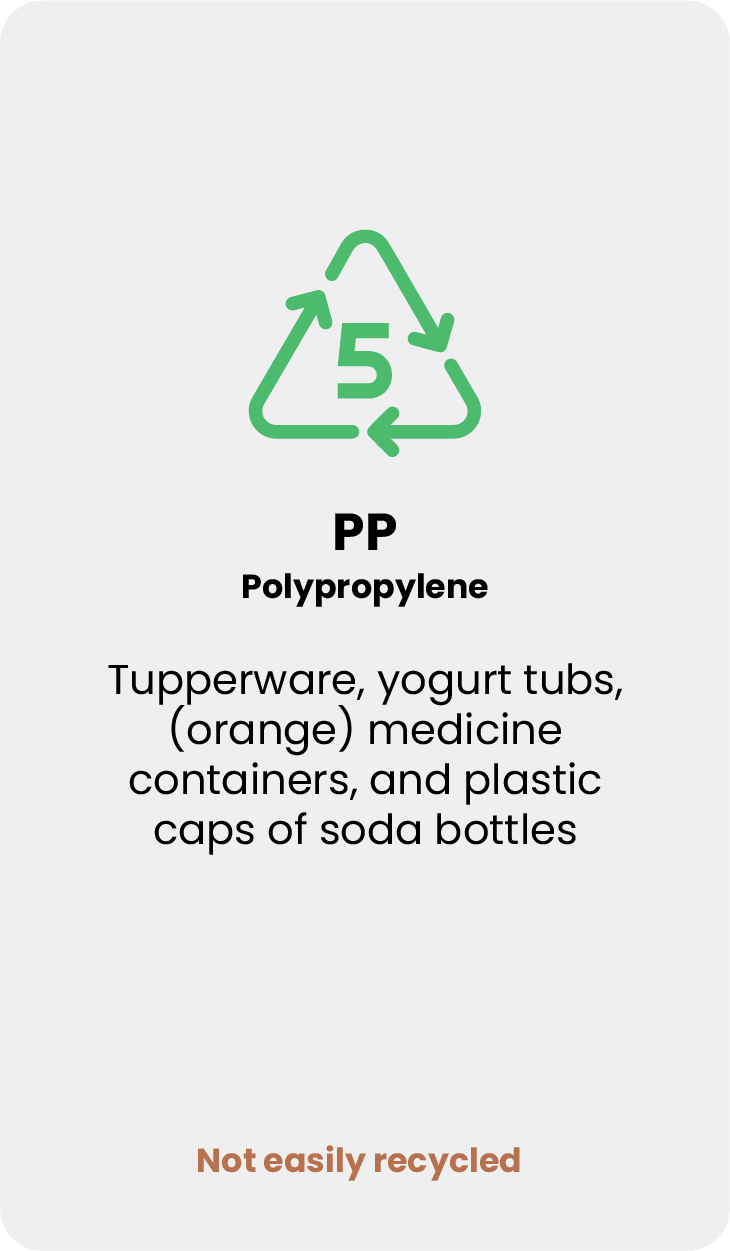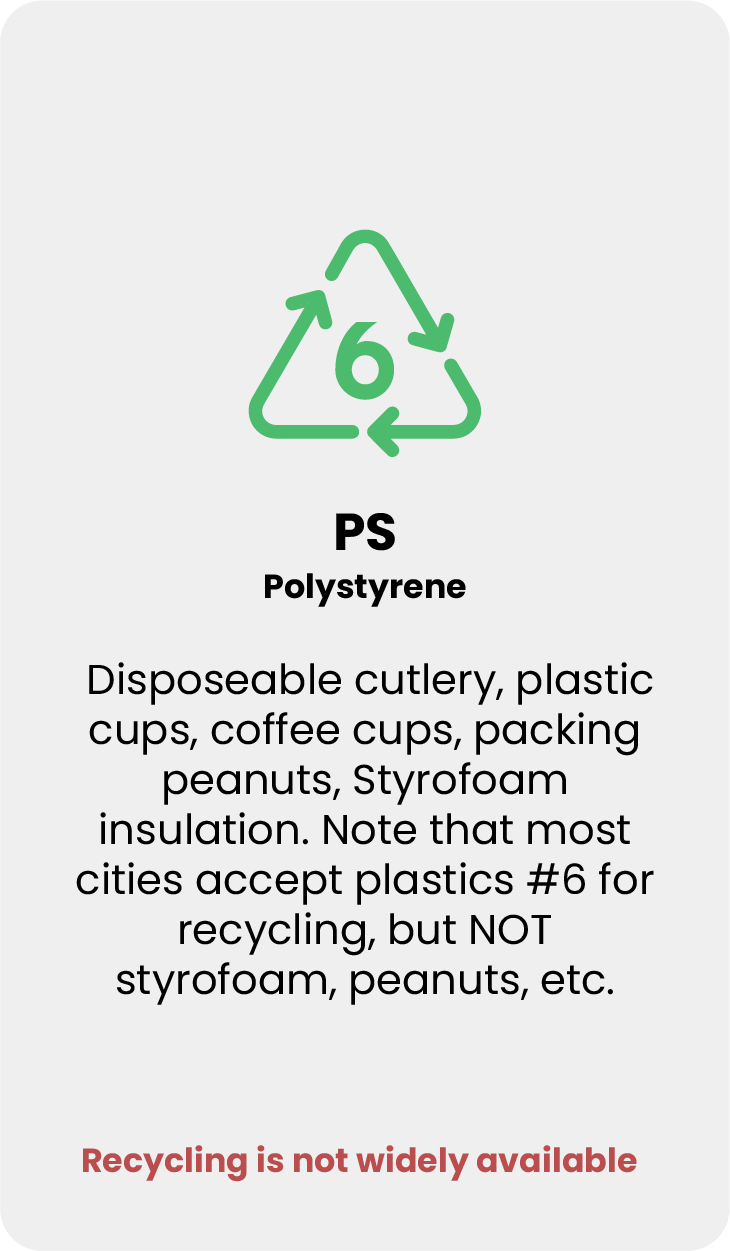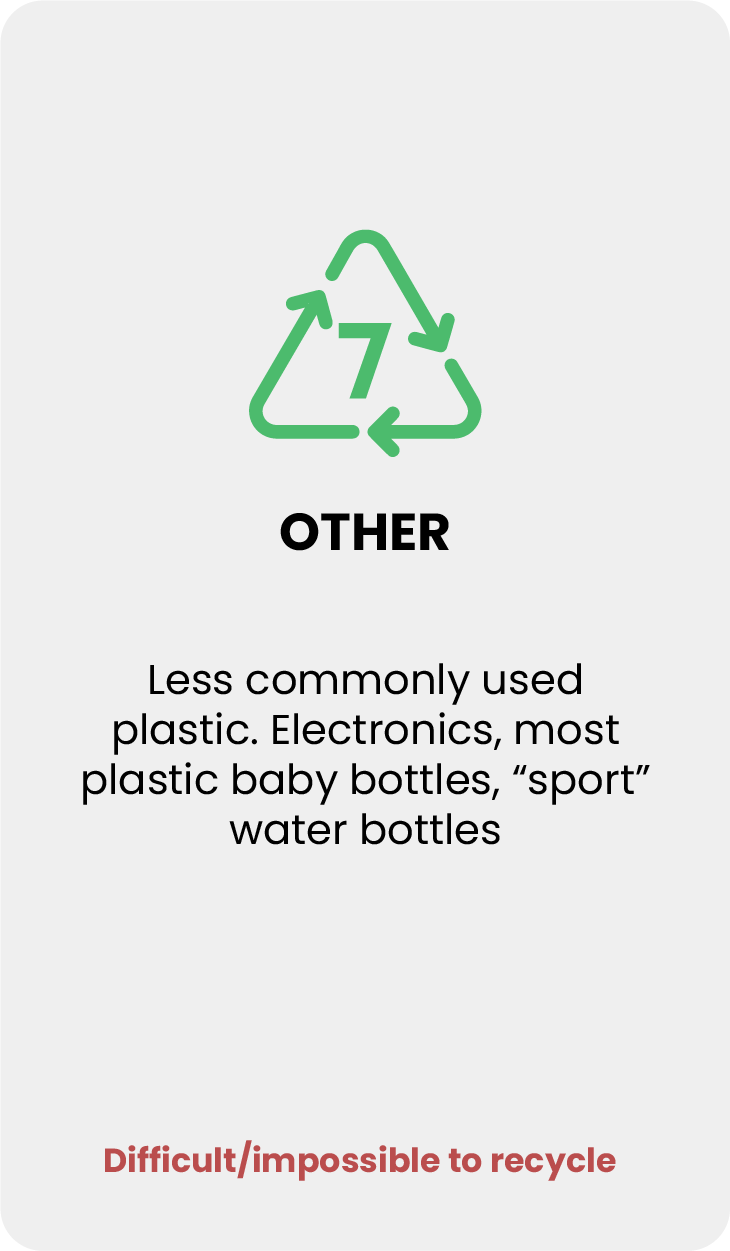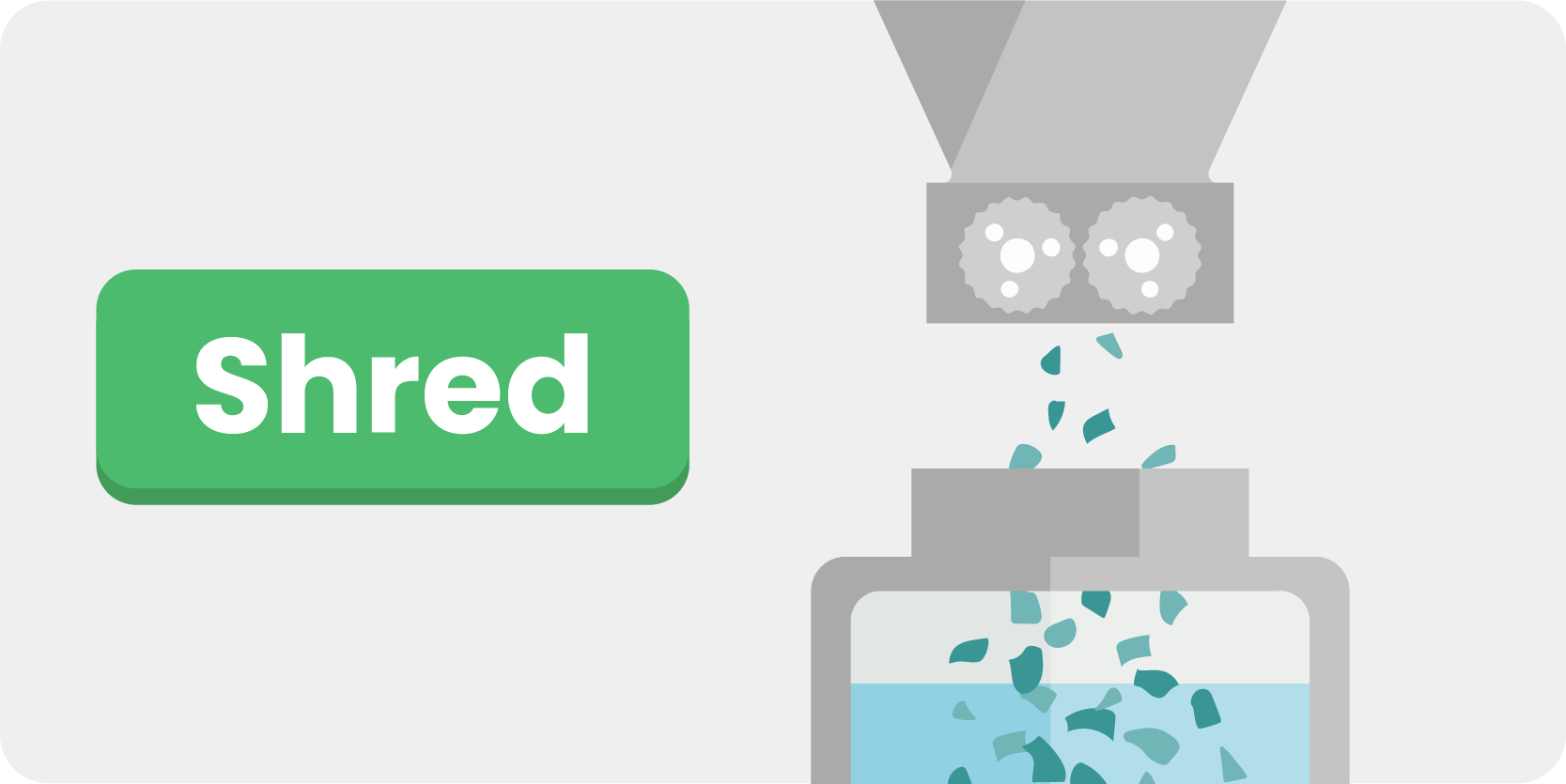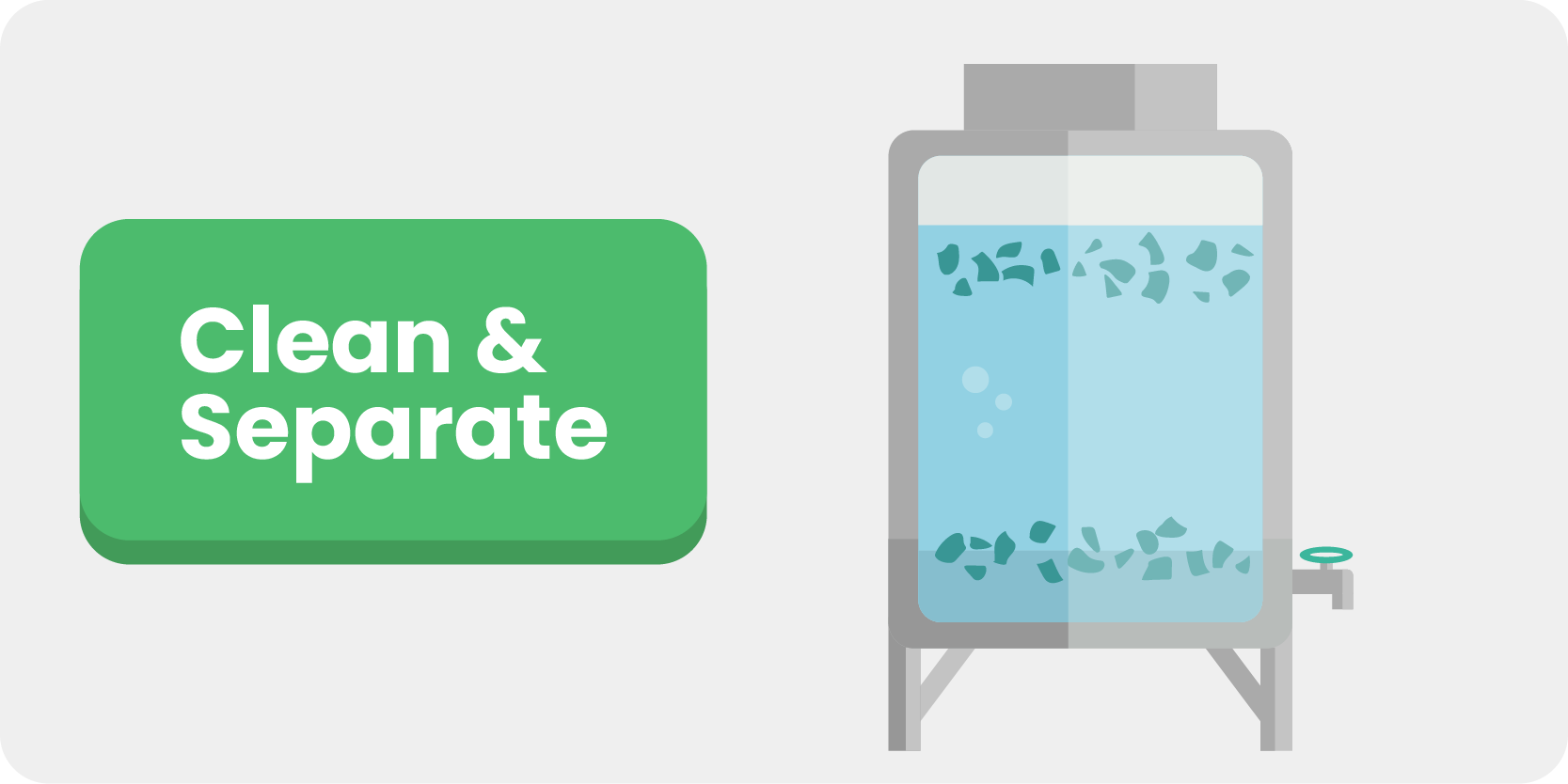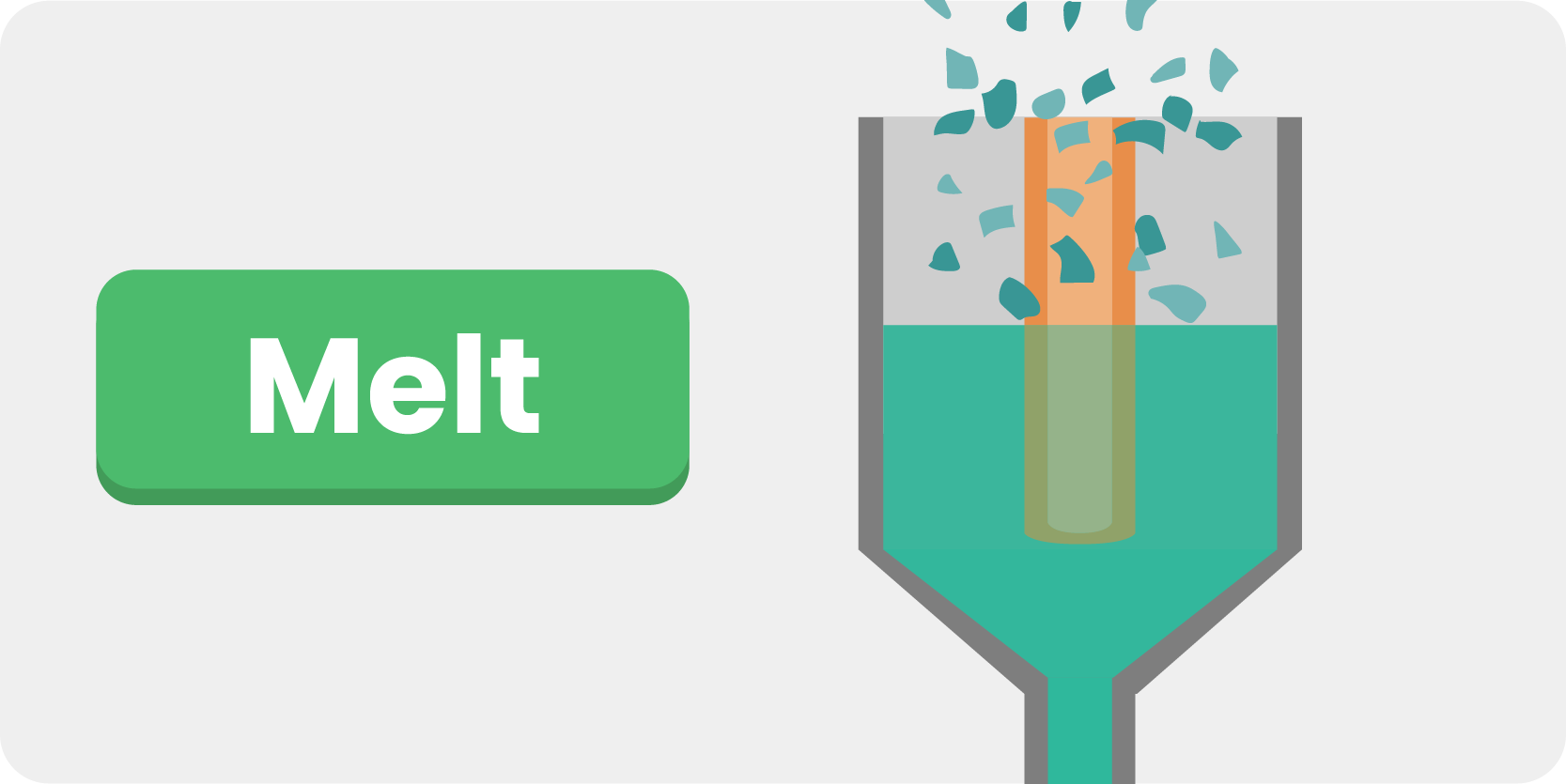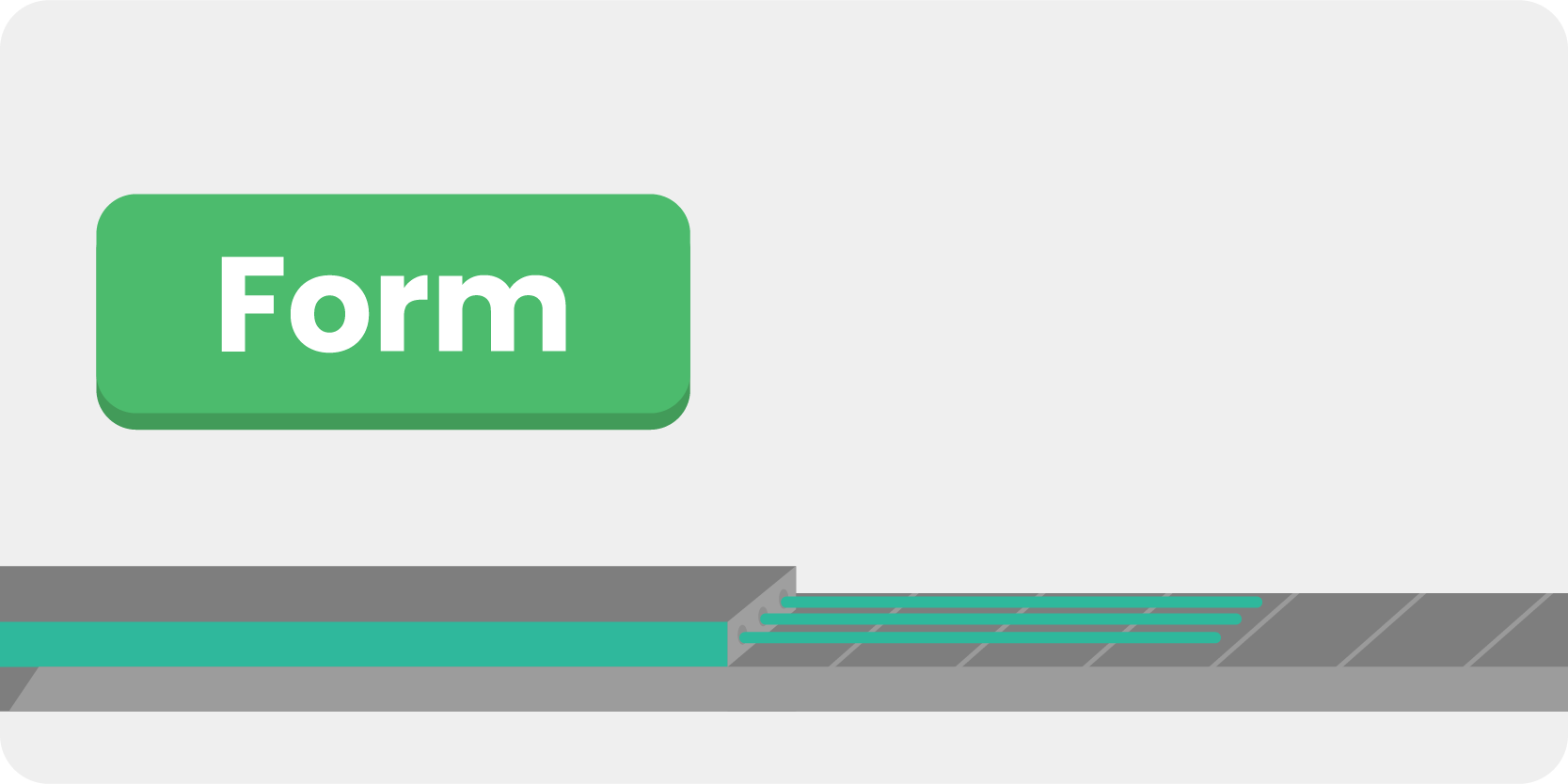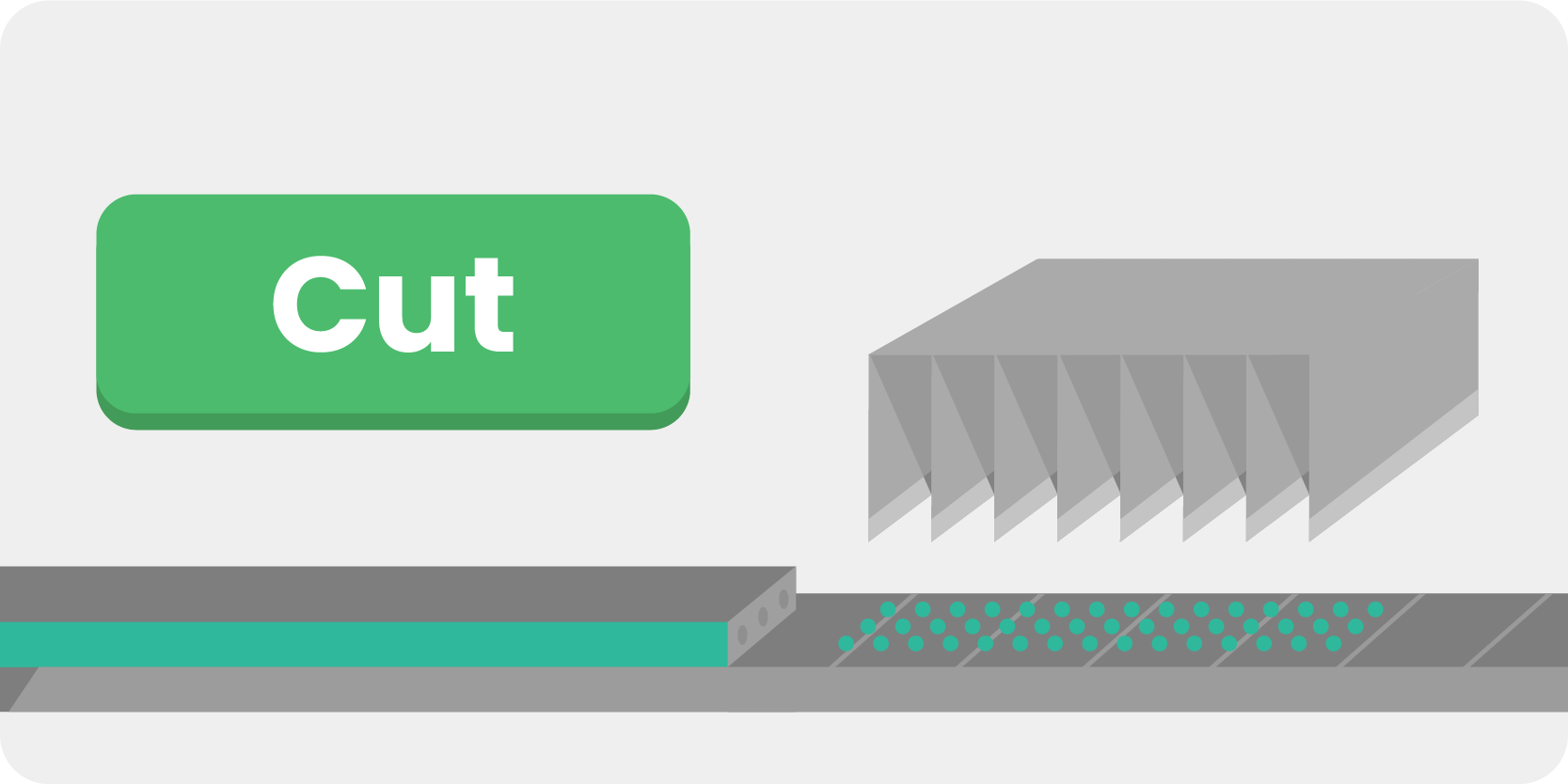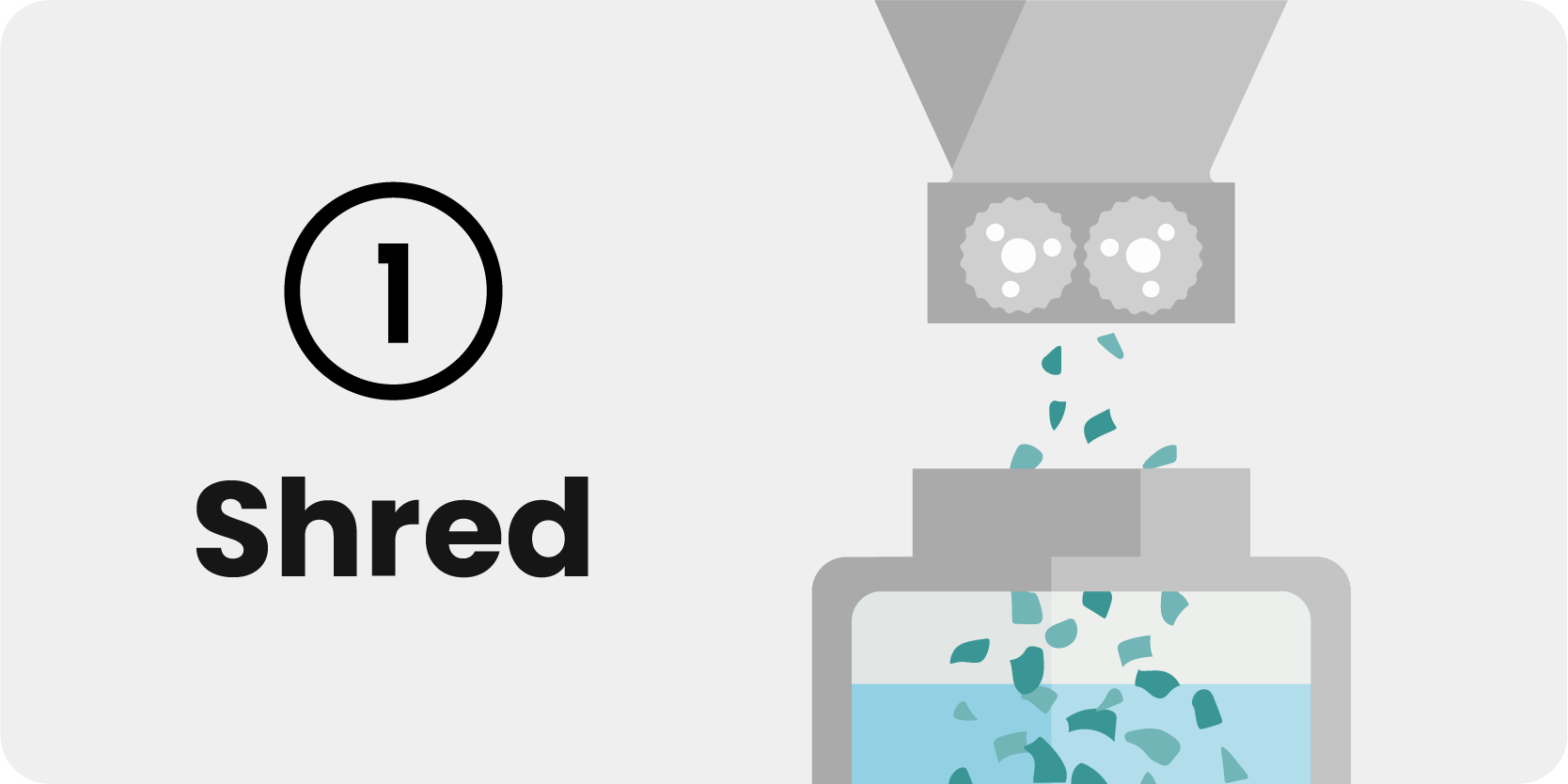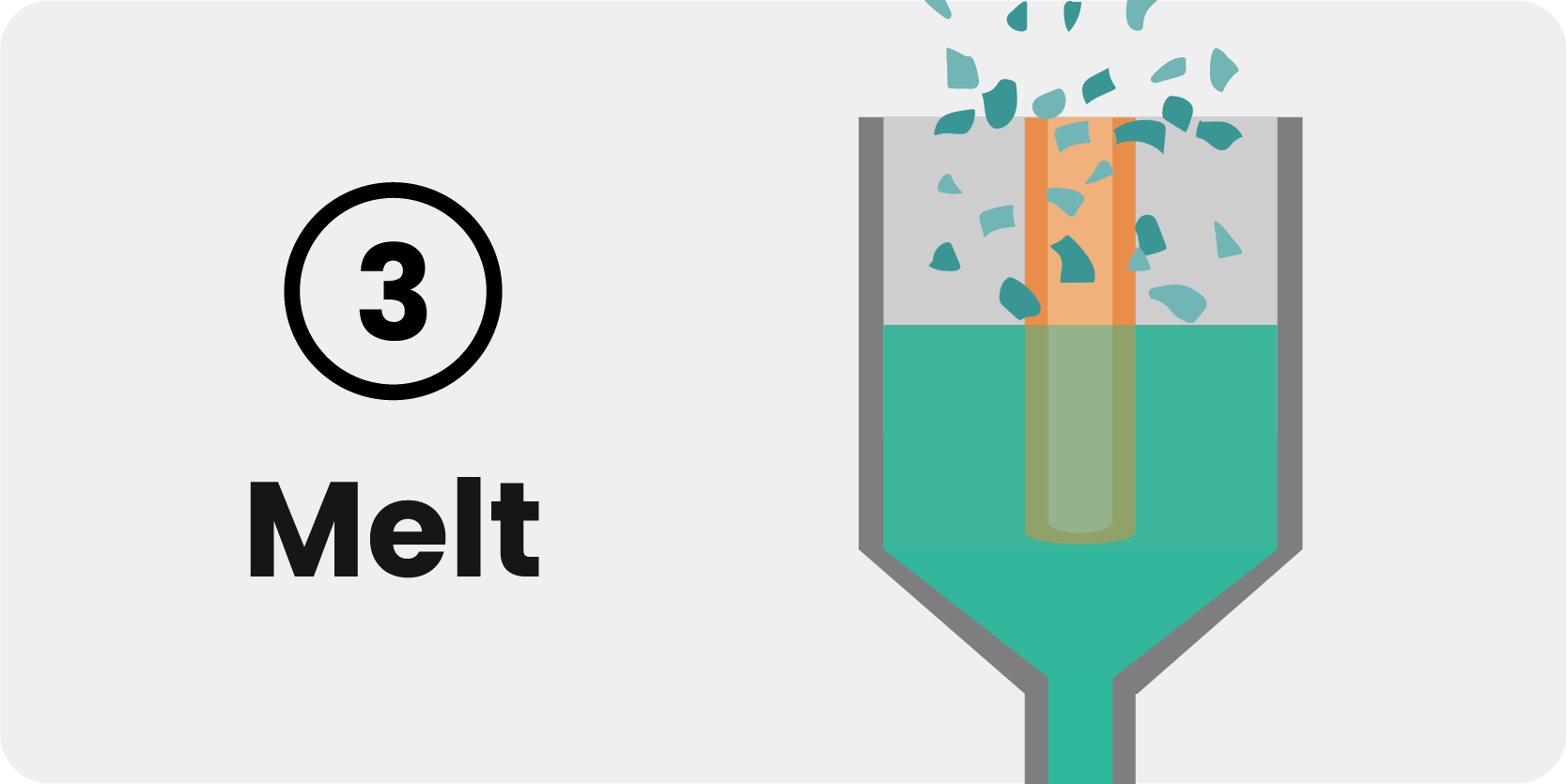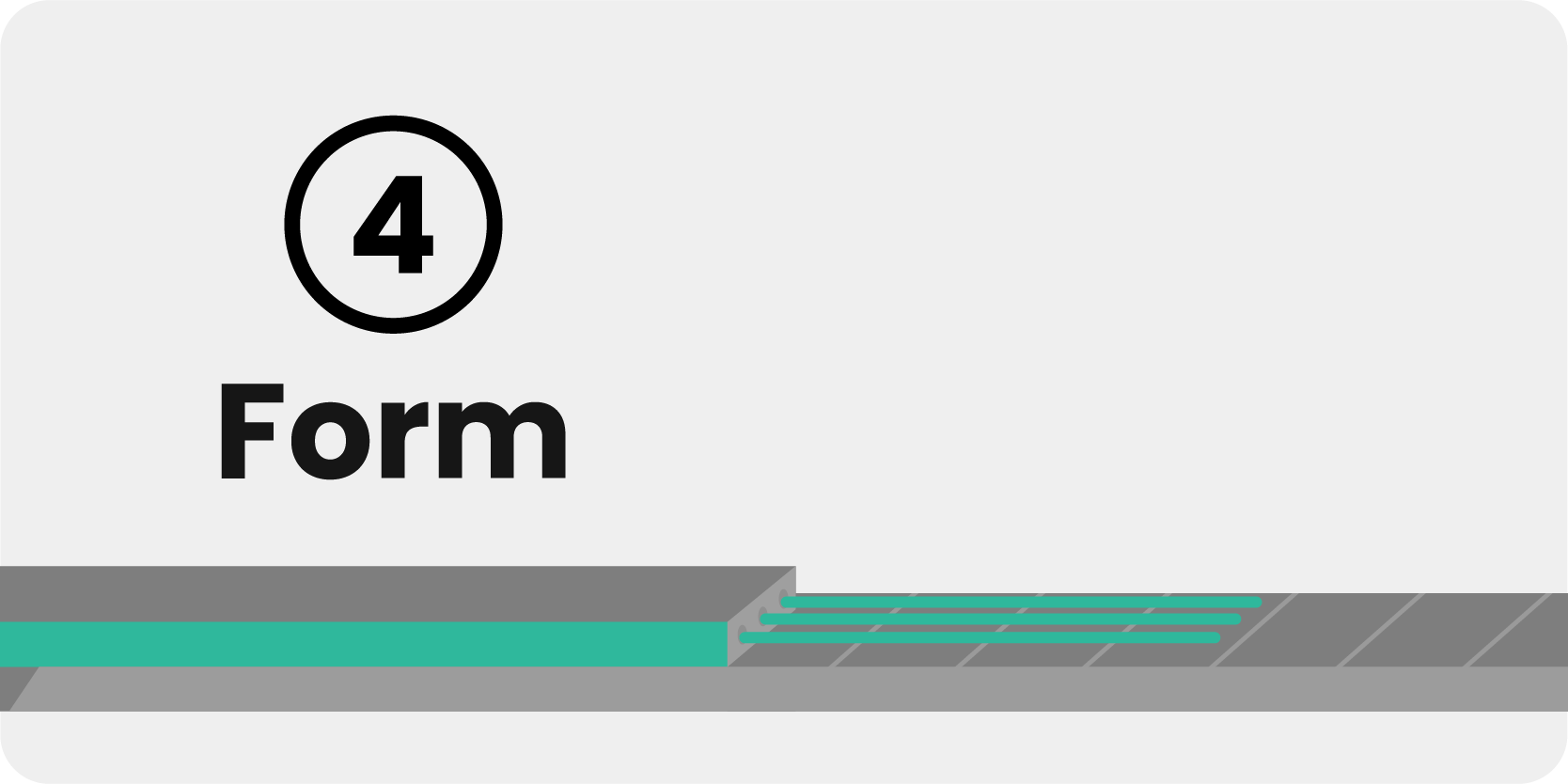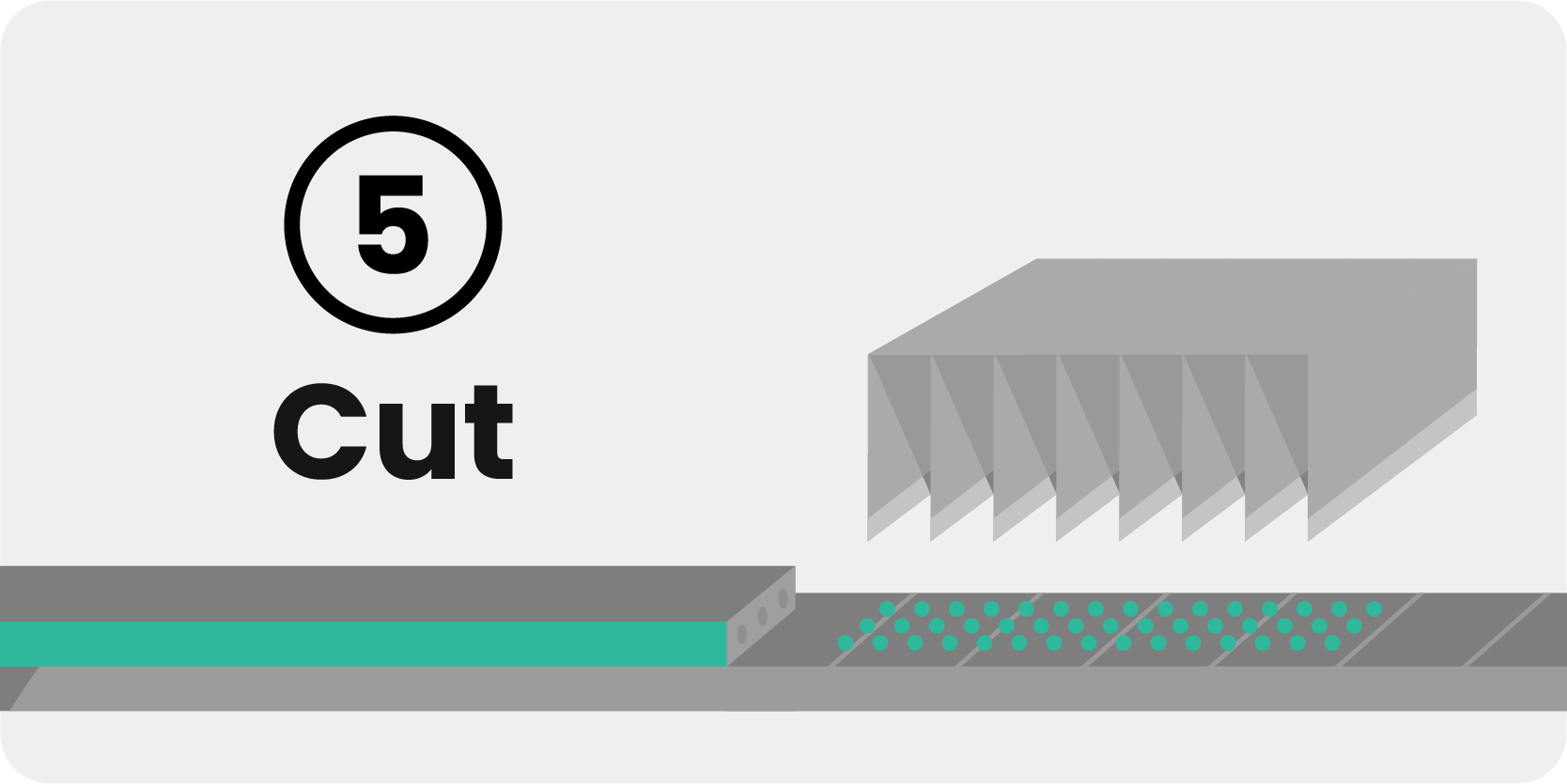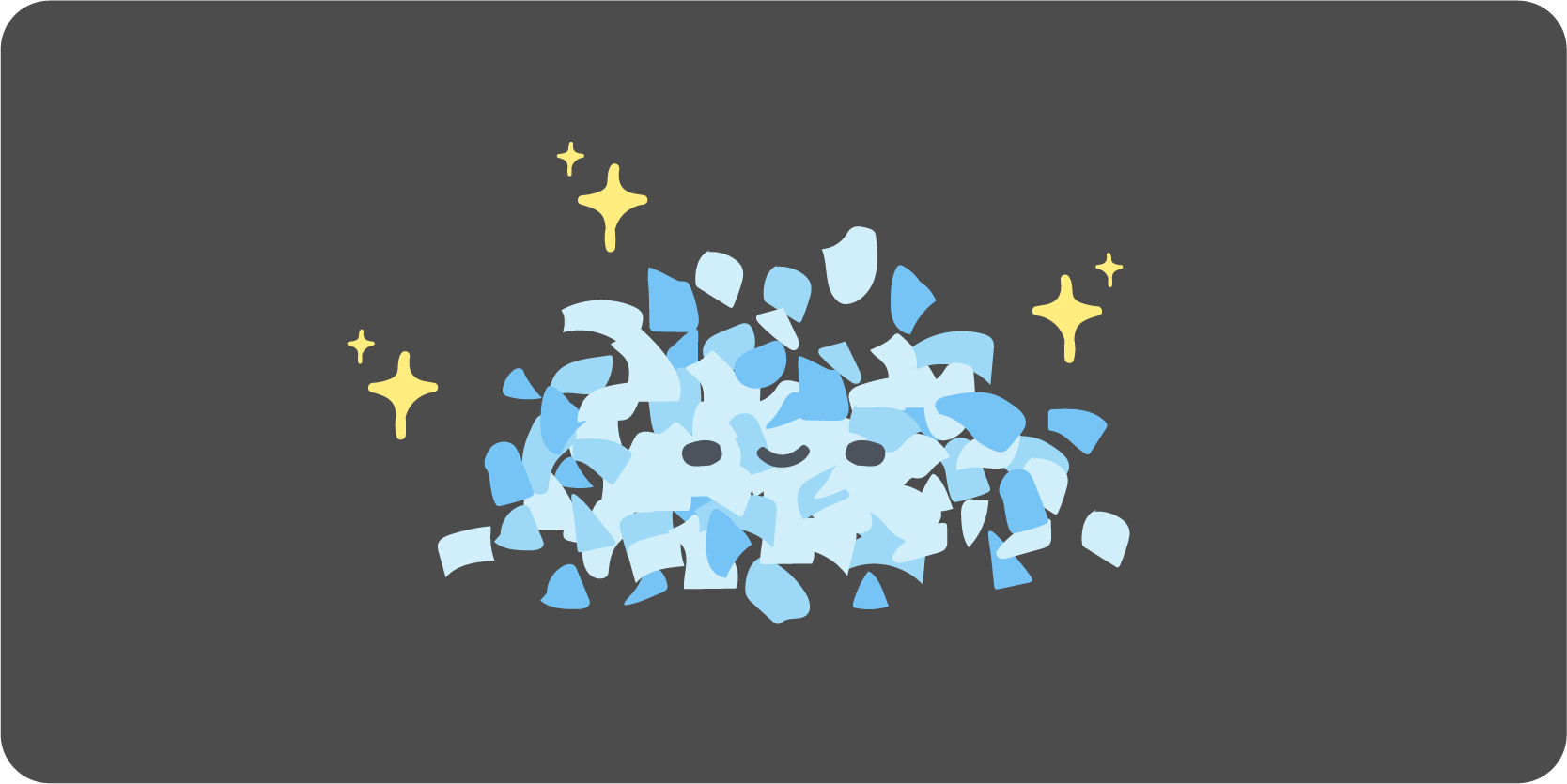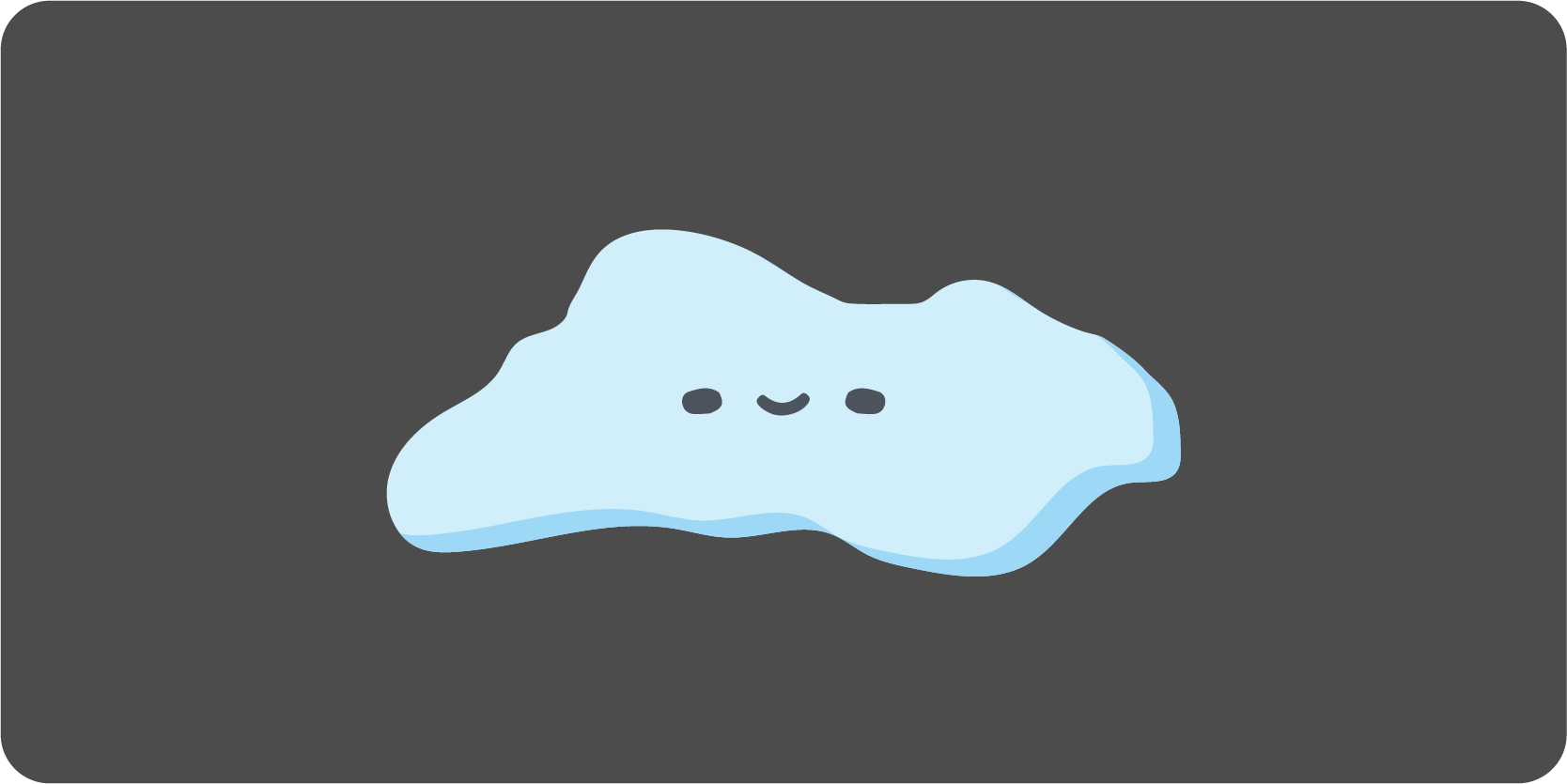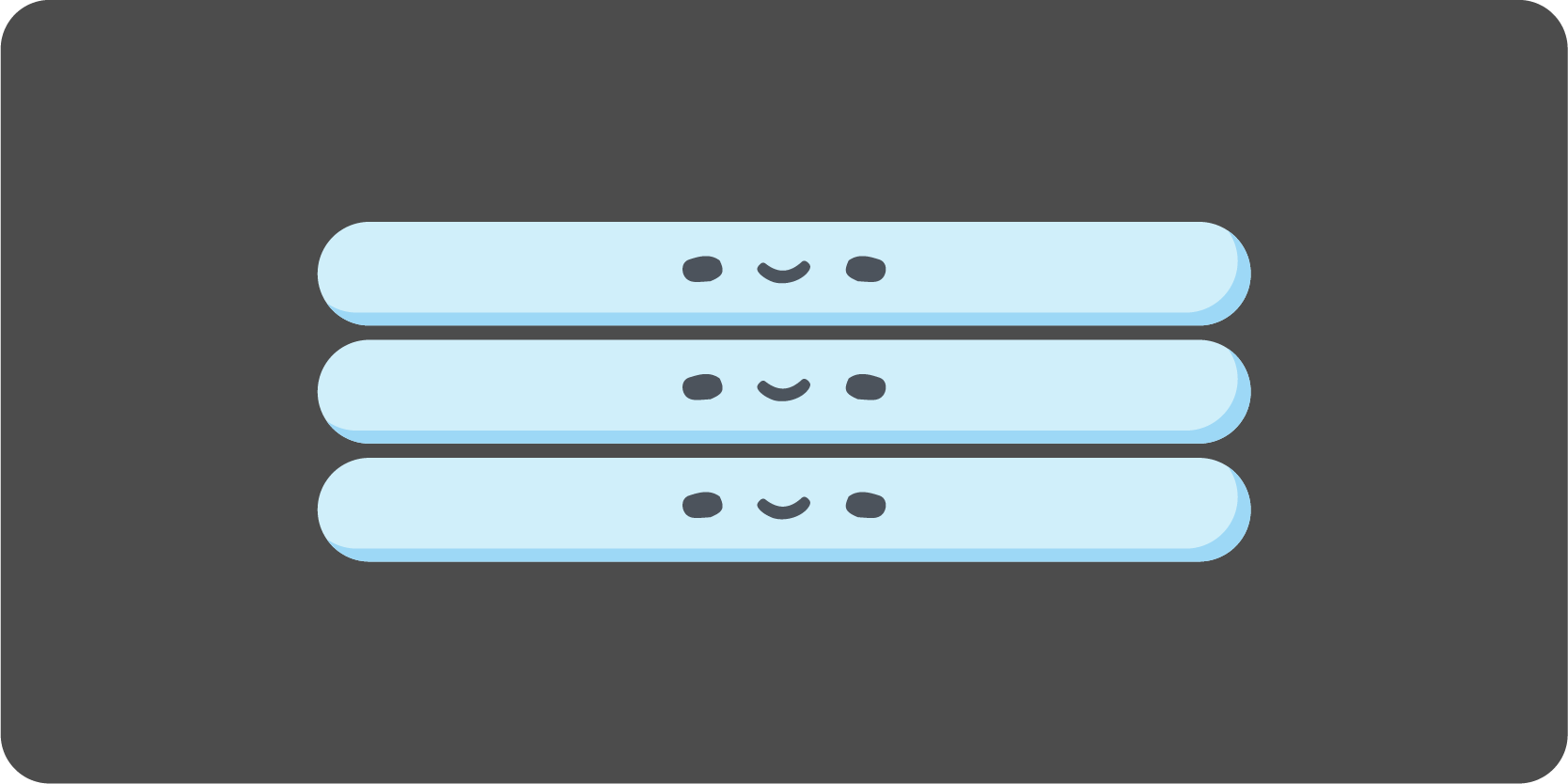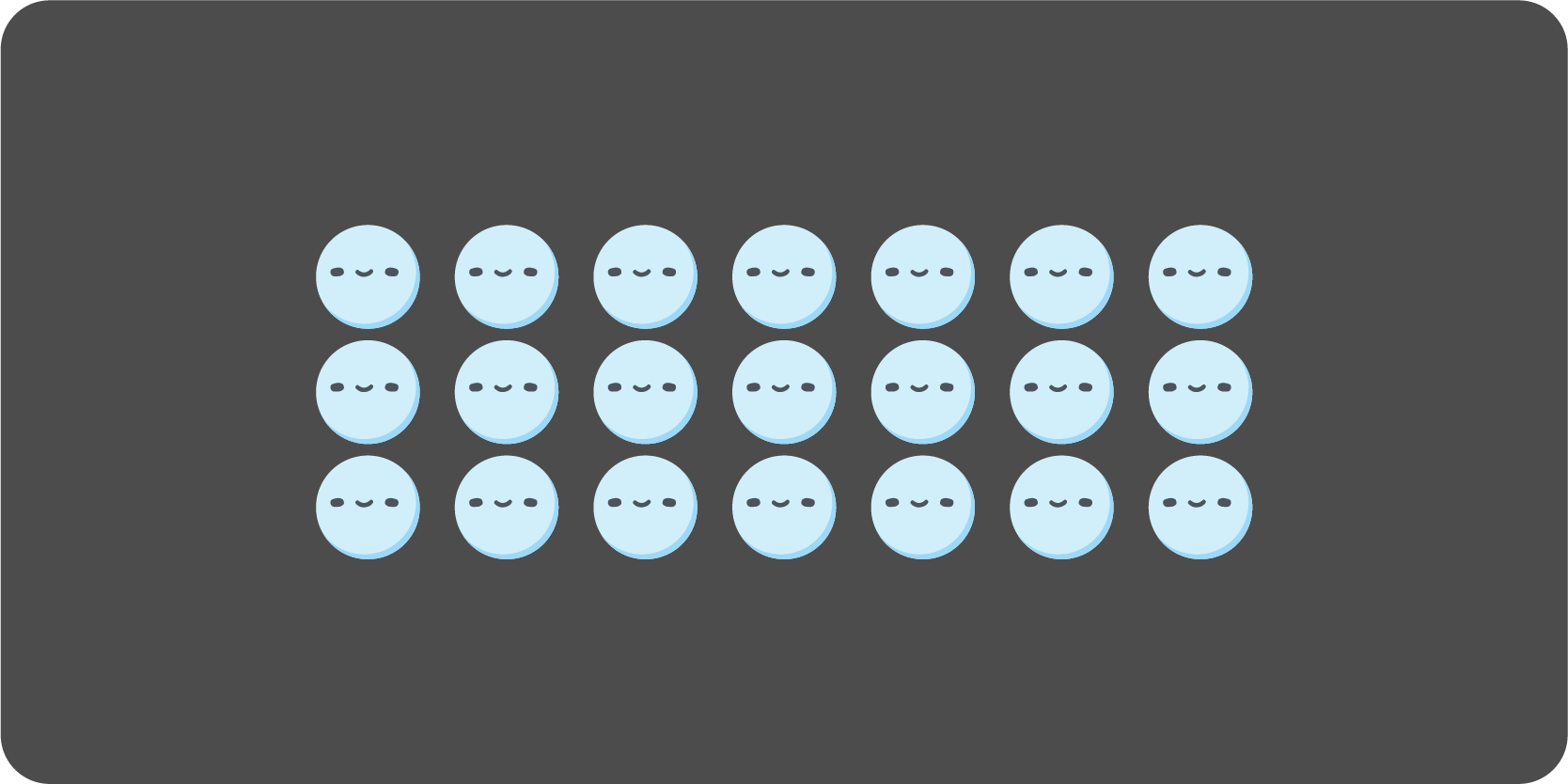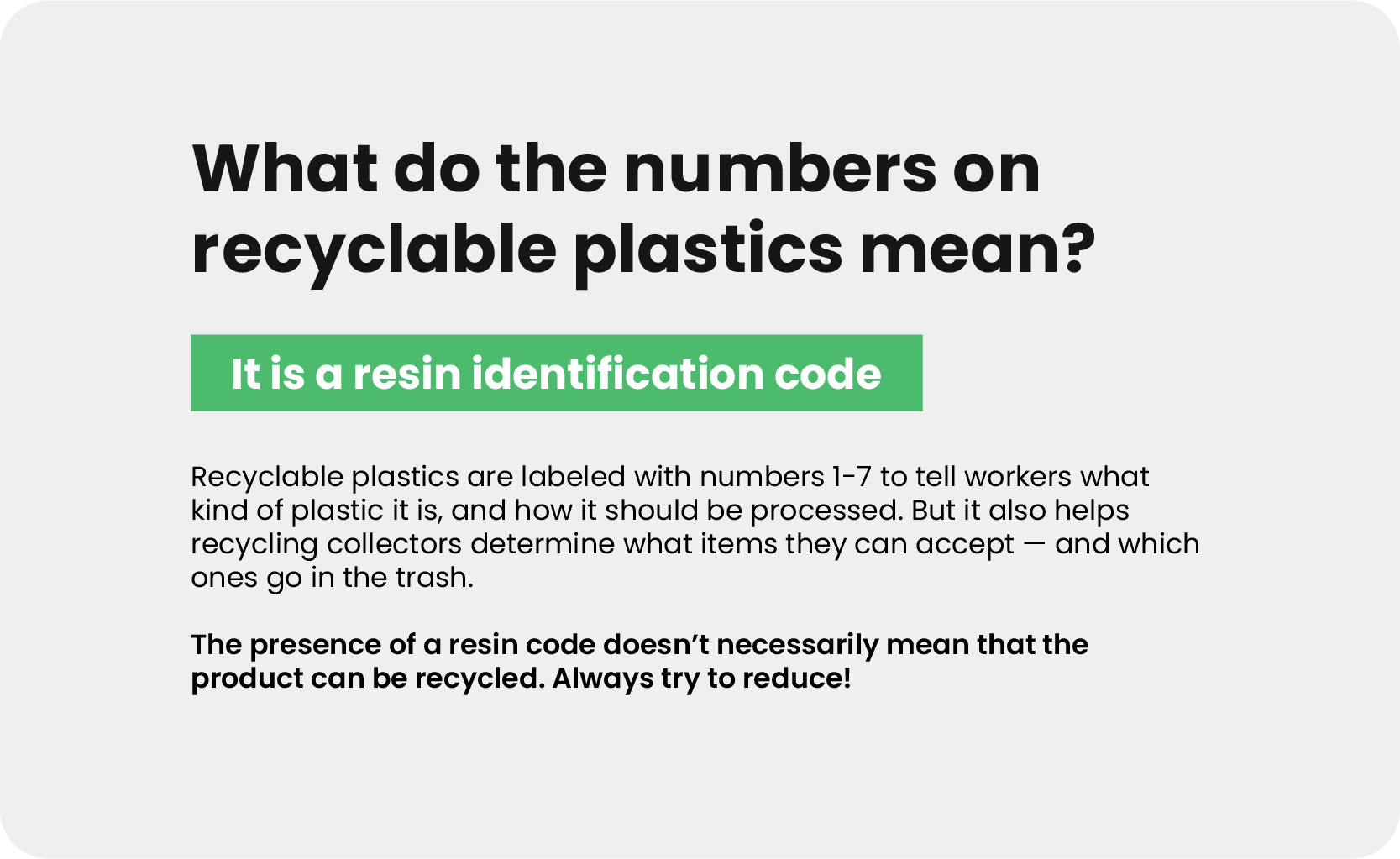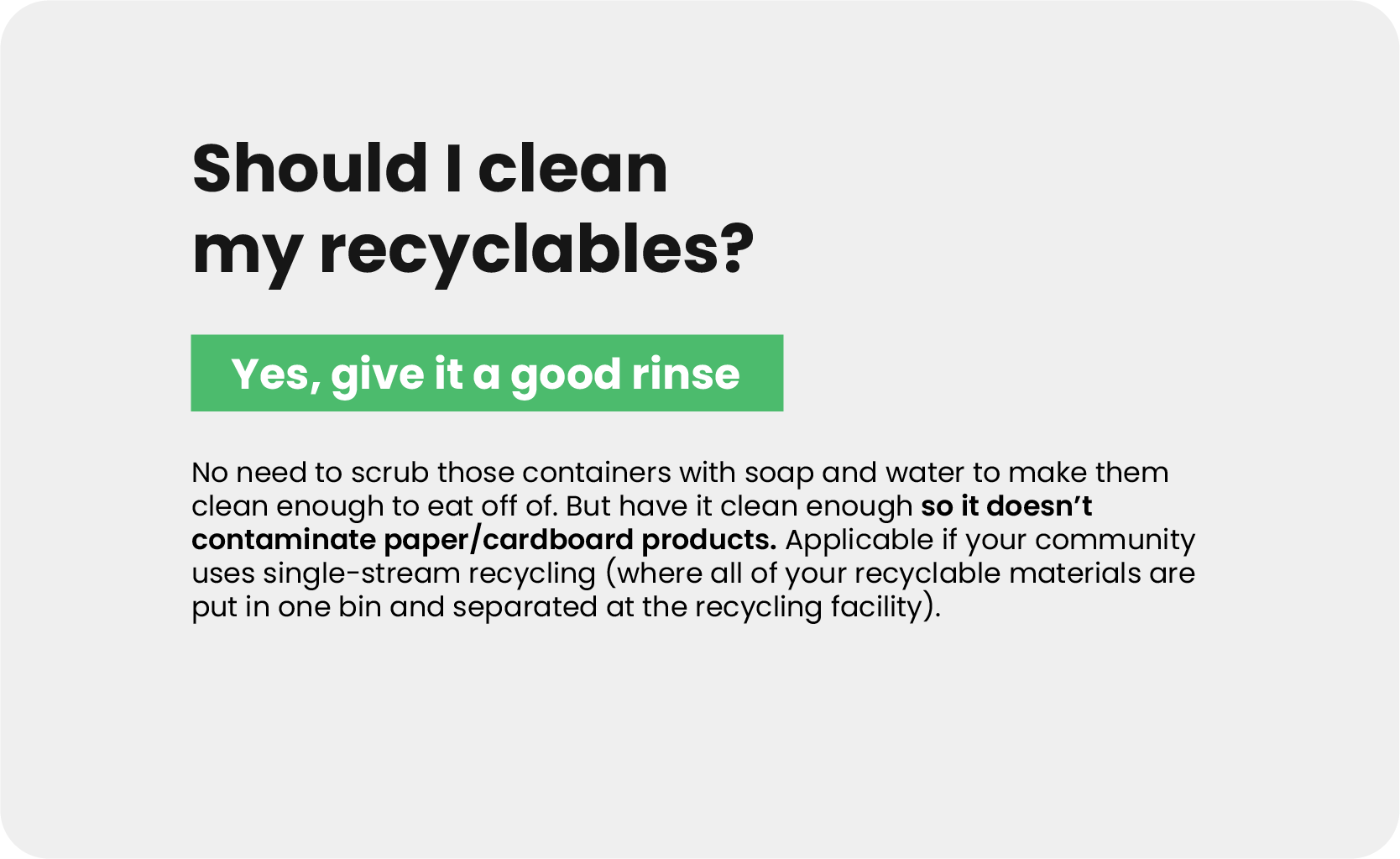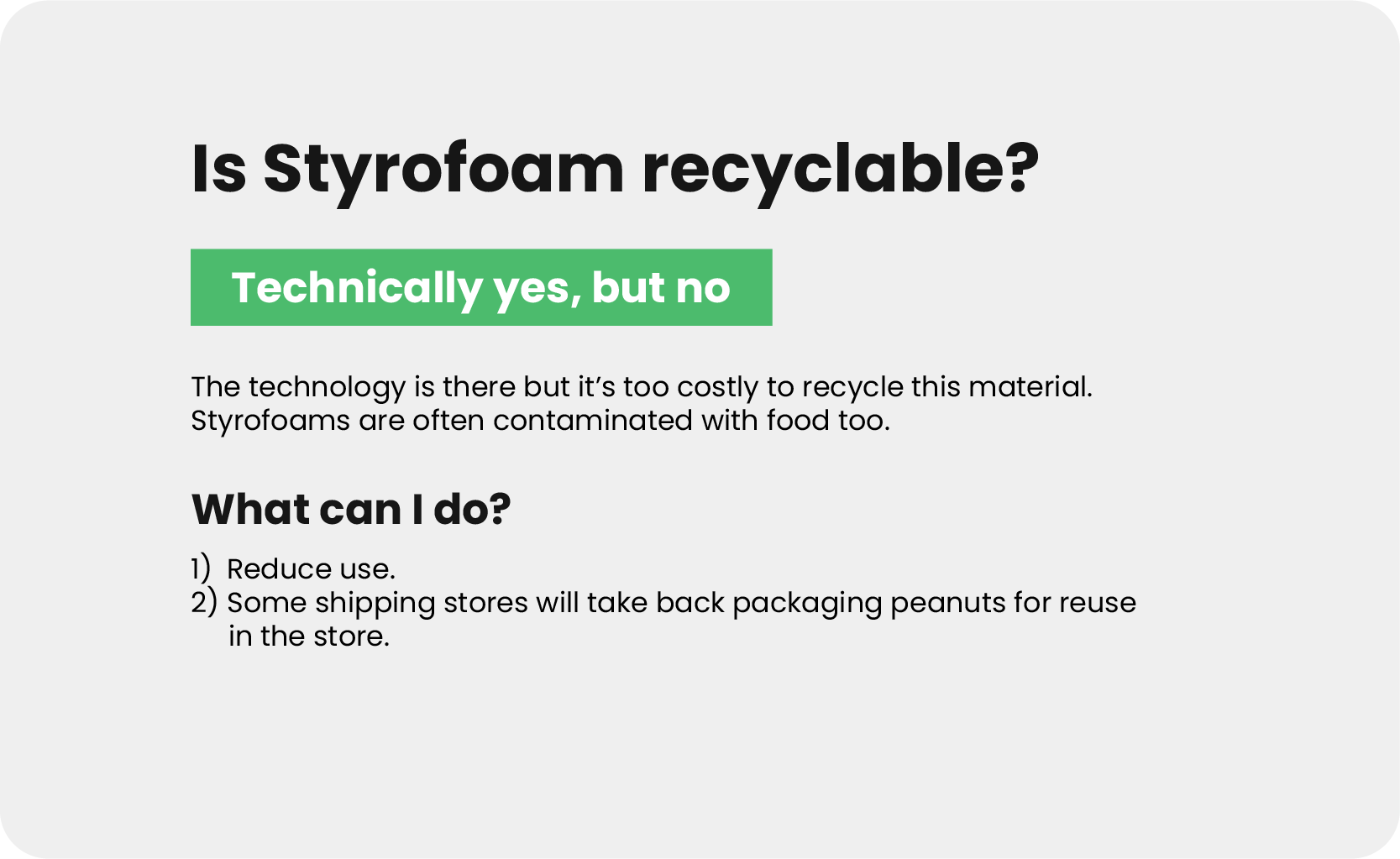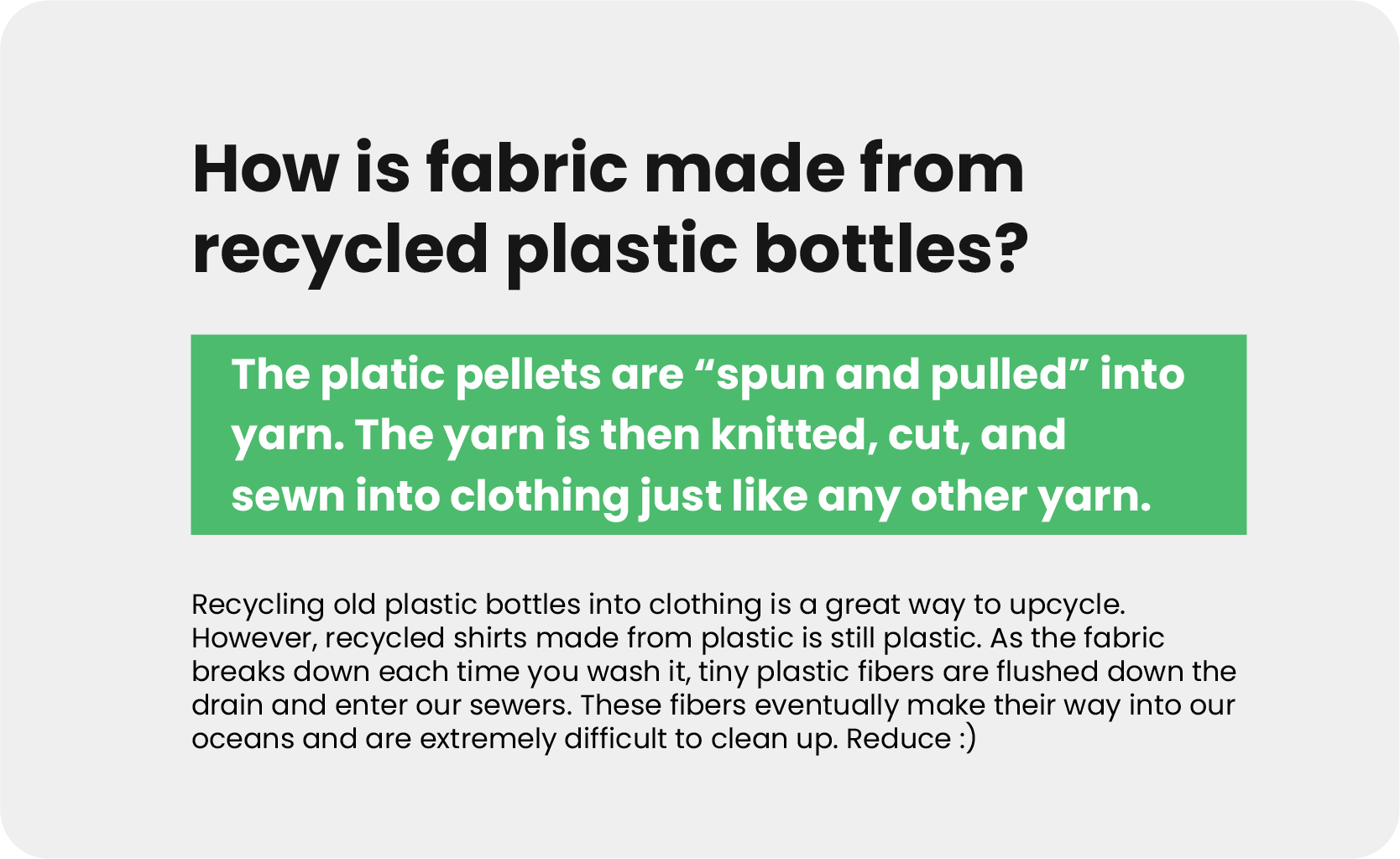VRCYCLE
The opportunity
How can we use “nudging,” a promising tool in sustainability, to push the general public into taking greener actions?
As this project took shape under the topic of waste generation and disposal and some personal interest in learning specific extended reality (XR) skills and tools, I explored how XR can help provide an immersive and undistracted learning experience, inform city recycling rules and the recycling process.
Research
Information gathering
Surveys through Qualtrics (38 responses) and Instagram story question polls (~29 responses)
Articles, documentation, reports and city recycling guides for accurate information
Findings
Different cities have different recycling rules and practices
People learned about recycling in school (with a majority stating it was during elementary school)
People also learned about recycling through print & digital ads, social media, children’s cartoon, occupational training and by doing their own research
Some people don’t recycle in the belief that recycling won’t make an impact
Some people don’t recycle due to the lack of resources in the community
Household habits and community culture affects individual behavior
Most people recycle based on their sense of responsibility for the environment, habit, or convenience
People don’t recycle when it’s inconvenient
Most household wastes come from grocery packaging and food scraps, followed by online shopping packaging, takeout containers and utensils, and pet supplies
Design process
Brainstorm
Initial storyboard
“Paper” prototype test
4 people, through Figma
Common feedback
Provide information before certain experiences so people can learn before putting the knowledge into practice
Allow for more interactions during informative sections to make the learning experience less static
The game aspect causes confusion and can be worked on more
Design
Main character plastic bottle John + the character list
Welcome screen with instructions
“Doors” to click on to sort John
Graphics for a mini-challenge after watching How Are Plastics Recycled (images are re-made based on the video)
Graphics to compliment the mini challenge to visually show how John goes through the recycling process
Final scene providing common questions and answers
Final product
Welcome scene
Description of the project and instructions on how to navigate within the application
Character selection
5 character choices based on the common recyclable categories
Sorting process
“Doors” with examples of the resin type
Recycling process mini challenge
Interactive mini challenge/game to test knowledge after watching an informative video
Podium to next life
A little scene made from cylinders
Next life options
A few selected items that can be made from plastic bottles - t-shirt (fiber), backpack (fiber), pillow (filling)
Final scene with more information
Common questions and answers regarding plastic recyclables + button to start a new experience
Reflection
After seeing the results from the surveys I wish I asked about people’s confidence in their recycling knowledge since many people mentioned themselves that they often weren’t sure what was recyclable. The information could’ve potentially helped determine which learning method was most effective and perhaps some assurance to how I design my experience. Another category I wish I asked about is composting. I don’t do this myself and don’t hear about it too often so I wasn’t aware until many people talked about it in their responses.
It always amazes me how helpful testings are at each stage of the design process and I cannot stress it enough because it’s very often the first thing designers drop when time is limiting or for any other reason (I’m a victim of doing this too). I tested my storyboards in Figma with just 4 people and they’ve provided me with ideas and insights I wouldn’t have thought of myself. So my conclusion is some testing is much better than no testing.
I really empathized with developers while developing this project because prior to this, I’ve never had to code my own designs. I didn’t know what the best practices were for development and I also didn’t know how to implement a lot of my ideas (or I just couldn’t figure it out). Normally, I never have to think about how “complicated” my designs are and didn’t fully understand it when, in the past, products looked different from what I have designed/imagined. All I can say is coding is hard and it really takes talent, effort and practice to get the good out of it. Kudos to the developers out there.
Reference / Sources
How Are Plastics Recycled. www.youtube.com, https://www.youtube.com/watch?v=apOgE88Q8fs. Accessed 9 Apr. 2021.
“Chicago Recycling Guide.” Recycle by City, https://www.recyclebycity.com/chicago/guide. Accessed 2 Apr. 2021.
Plastics by the Numbers | Eartheasy Guides & Articles | Eartheasy Guides & Articles. https://learn.eartheasy.com/articles/plastics-by-the-numbers/. Accessed 9 Apr. 2021.
Freepik, Earth911.org, Institute of Agriculture and Trade Policy, WHO International Programme on Chemical Safety, US EPA
〰️ the nerdy stuff 〰️
Duration: Mar 2021 - Apr 2021 (2 mo)
Tools: Qualtrics, Instagram, Figma, A-Frame, Illustrator
Skills & Keywords: WebVR, virtual reality (VR) design, interaction design, survey research, storyboarding, paper prototyping, user testing, interface design, HTML, JavaScript
Exhibition: XR@Michigan 2021 Summit Student Showcase
Mentor: Mark Lindquist
